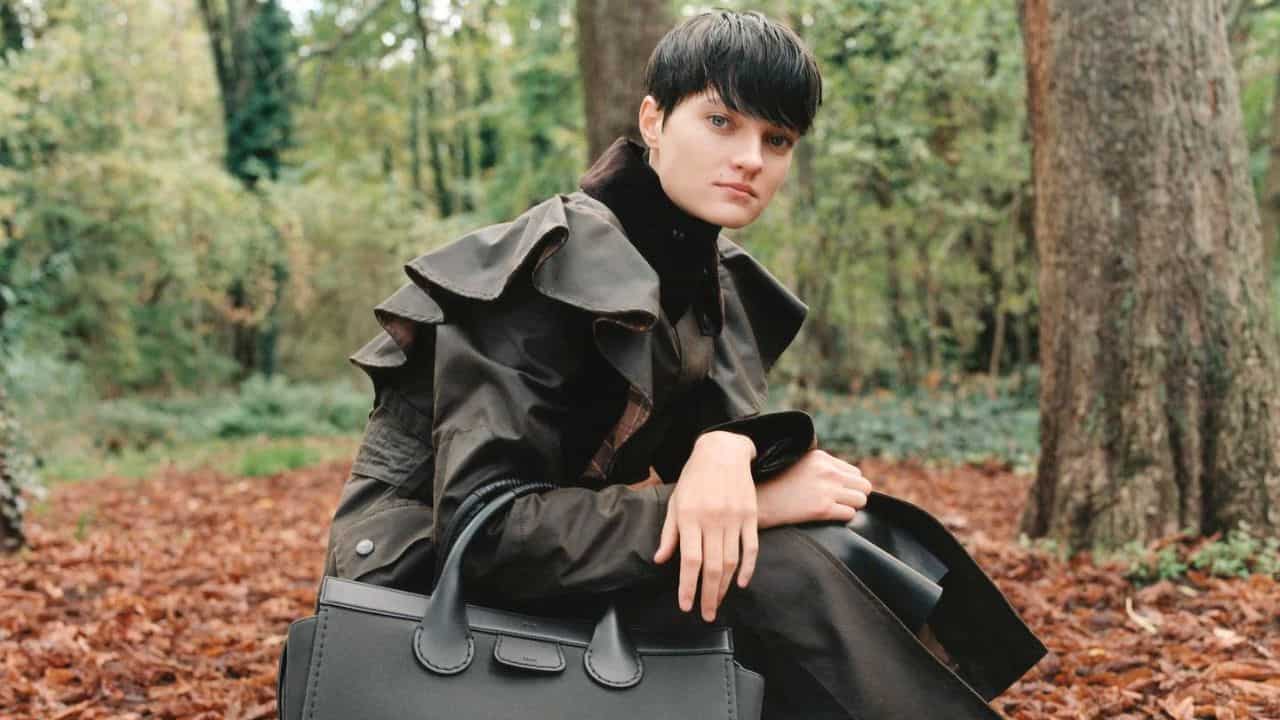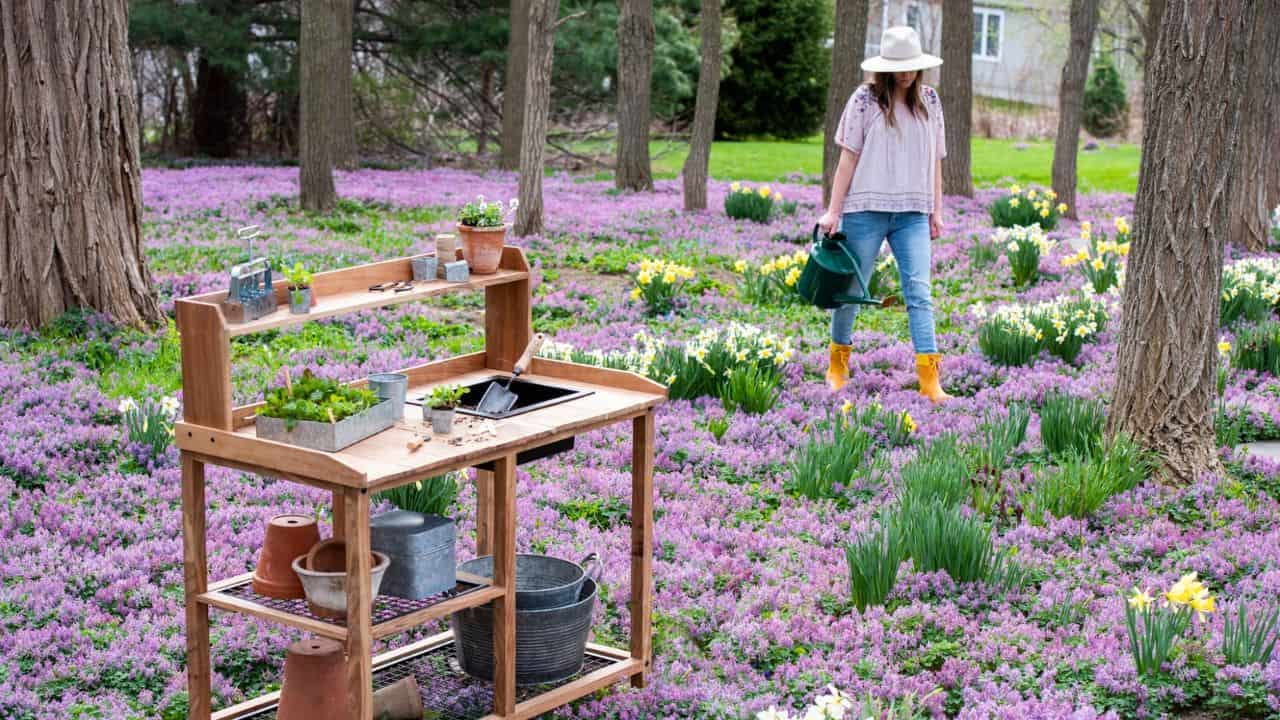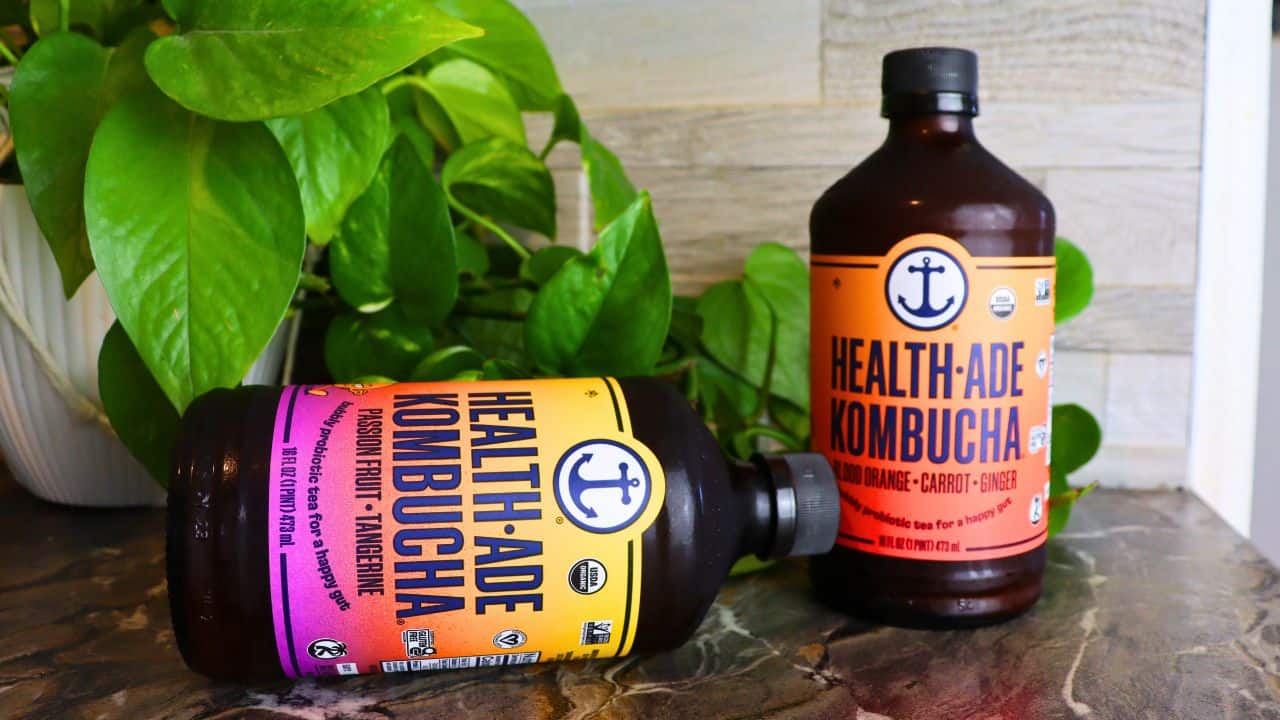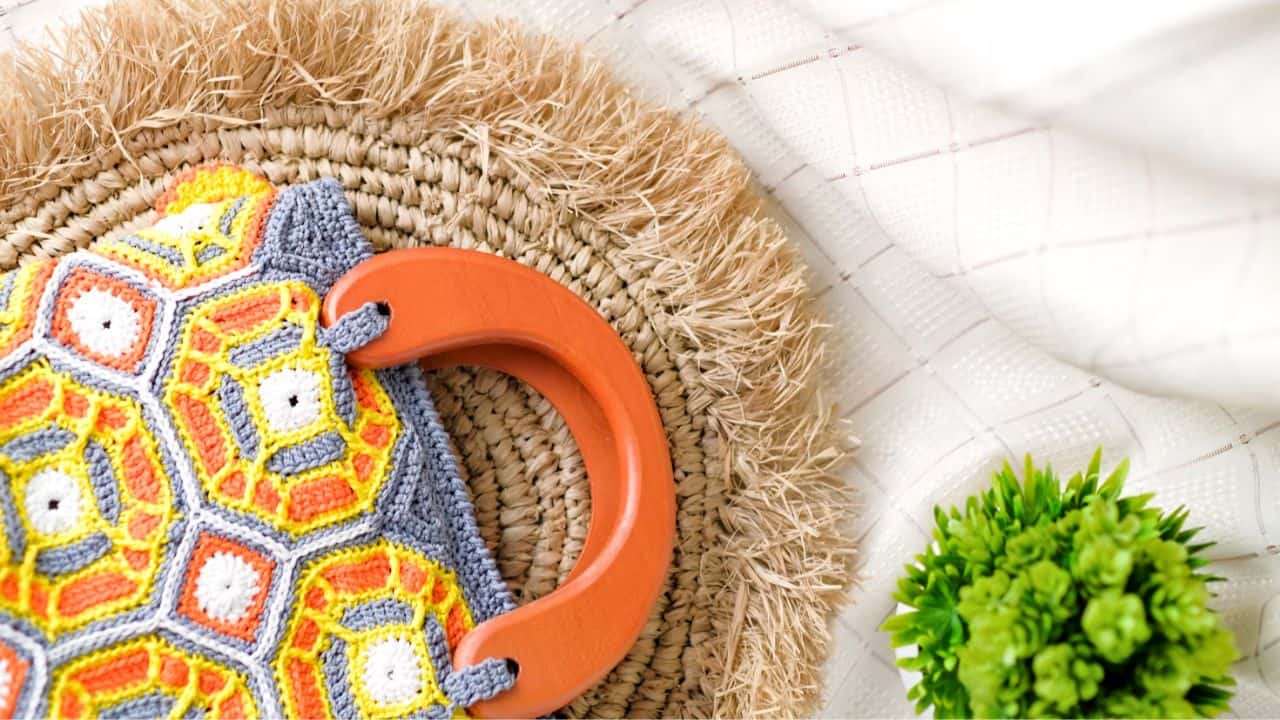Are you concerned about the impact our disposable consumption has on the planet? Perhaps your fast fashion habit no longer has the same appeal or throwing away yet another printer has you fuming?
I used to be a terrible impulse shopper. My mum used to say ‘It doesn’t matter how much money you give Tara, she’ll have spent it all before she even has it’. By the time, I was in my late 20s I was thousands of pounds in debt and I had a house full of stuff I’d bought on a whim or to fit in with what I thought others wanted me to be.
All this changed when I when I was given a casserole pot for my birthday. I realise it’s an unlikely object to be at the centre of an epiphany but there you go. It was a Le Creuset, an heirloom item and the first thing I could imagine passing down to my grandchildren. I remember thinking ‘I want everything I own to feel like this’. This got me thinking that if everyone bought for the long term the environmental impact would be huge.
I looked around for a website that only sold heirloom-worthy products, and when I realised it didn’t exist, I realised I had to build my own.
The feeling was powerful, like a kick in the stomach; it couldn’t be ignored. I built BuyMeOnce, a site that finds the longest lasting and most sustainable products on the planet and the mission is to change the way the world buys forever.

“The constant churn of products in our lives is overwhelming for us, terrible for our bank balances and environmentally disastrous”
The site is a tool to help people make long-term choices but this seems like half the solution.
The constant churn of products in our lives is overwhelming for us, terrible for our bank balances and environmentally disastrous. But I realised that a lot of the reasons why we buy the wrong things is psychological.
The messaging we see everyday tells us to spend our way to happiness, that what we own now isn’t good enough, and that ‘this new trend’ or ‘that new gadget’ is what will bring us joy. That’s why I decided to write A Life Less Throwaway. The book explores how we can buy mindfully. Here are some of the key steps you can take to become a ‘mindful curator’.
5 Simple Tips For Living A Life Less Throwaway
1. Recognise the things that make us spend, spend, spend
The first step of Mindful Curation is to become aware of the pressures that encourage you to impulse buy. Advertising is everywhere and it seeps into the nooks and crannies of our brains, whispering its wicked invitations. Reduce your advertising intake as much as possible. Make an effort to be advert-aware.
Brands try and convince us that we need their products to be beautiful, happy, cool, efficient and healthy. They sell us imaginary better versions of ourselves. But we’re just dandy. Look the ads in the face and think, ‘We have everything we need thank you’.
Sales are useful, but only if they’re selling what we’ve already identified as an item worthy of being brought into our lives.
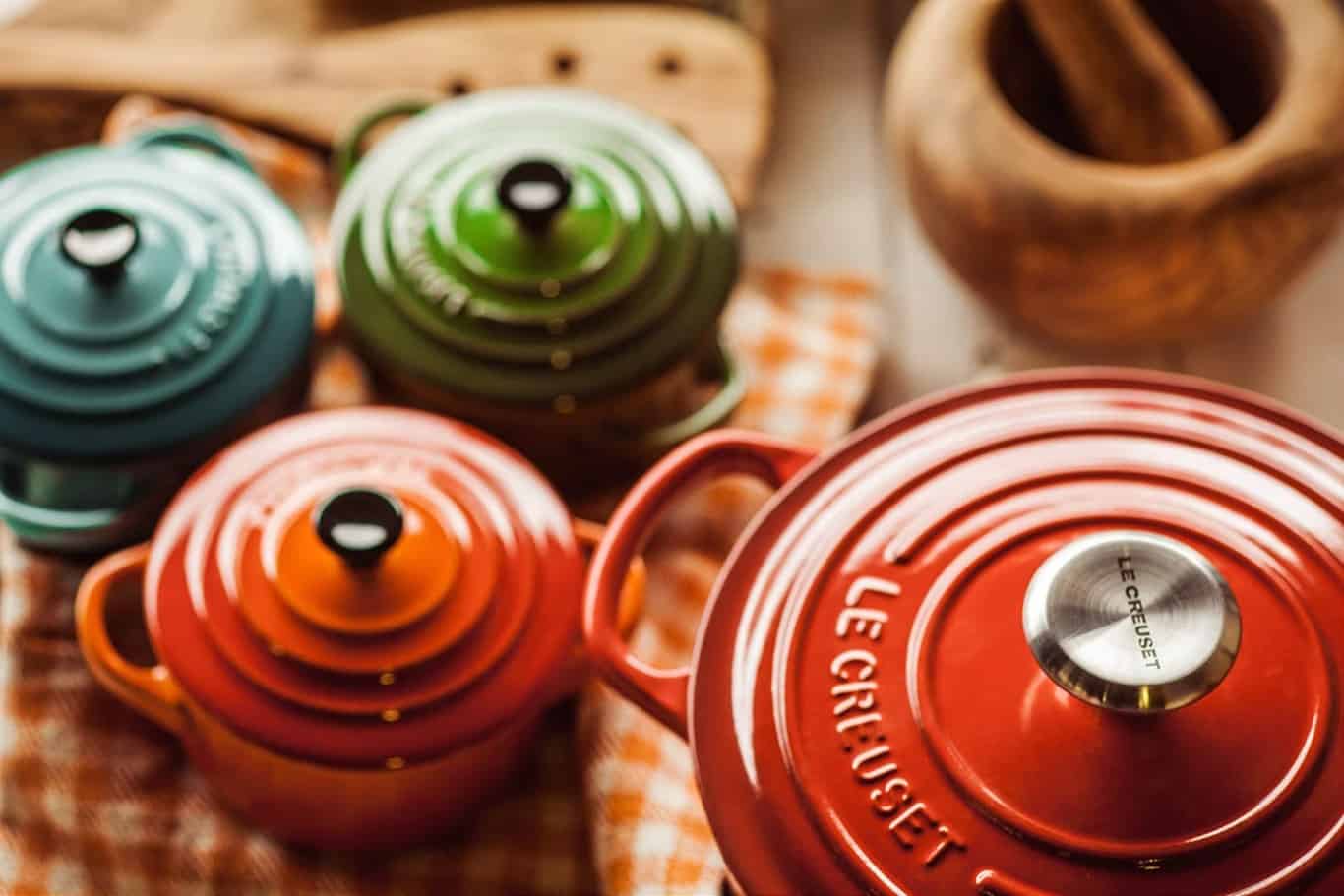
2. Get to know your own taste
The book aims to empower people to feel good about their own taste and choices so they can stand up to trends and fads.
Spend time looking just at colours, then at shapes, textures, materials and styling both for your wardrobe and your home.
Which colours make your eyes pop or your heart feel light?
What textures do you want to feel next to your skin or feel under your feet?
What shapes make you look elegant and striking or are more comfortable?
Build up a series of mood boards with your long-term tastes in mind. This then becomes your own personal shopping guide. Put this together with a list of brands that meet your values when it comes to ethics and the environment (click here for a quick guide on how to tell if a brand is really ethical). Then when it’s time to buy a new item, turn to your own lists instead of jumping on what’s on trend right now.
Click here for 10 things that you only need buy once in your lifetime.
3. Take stock
Look through your items methodically, gather them all together and then identify what your A-team items are in each pile. These are the items that you would reach for first, then make everything else justify its place in your life.
If an object is not useful, beautiful or meaningful, then it’s a negative object.
Items that have no purpose are simply clutter, or worse, they’re items that we feel we should like and end up making us feel guilty. Everyone has been given a gift you don’t like and you put it in a drawer. You open the drawer occasionally and each time it makes you feel bad for not liking the gift. Eventually, after a couple of years maybe, you decide it’s ‘done its time’ and you give it away. Instead, I recommend giving it away the moment you get it. Less guilt and clutter for you, same result.
Some people call this minimalism but really it’s just being sensible about what space, budget and time you have.
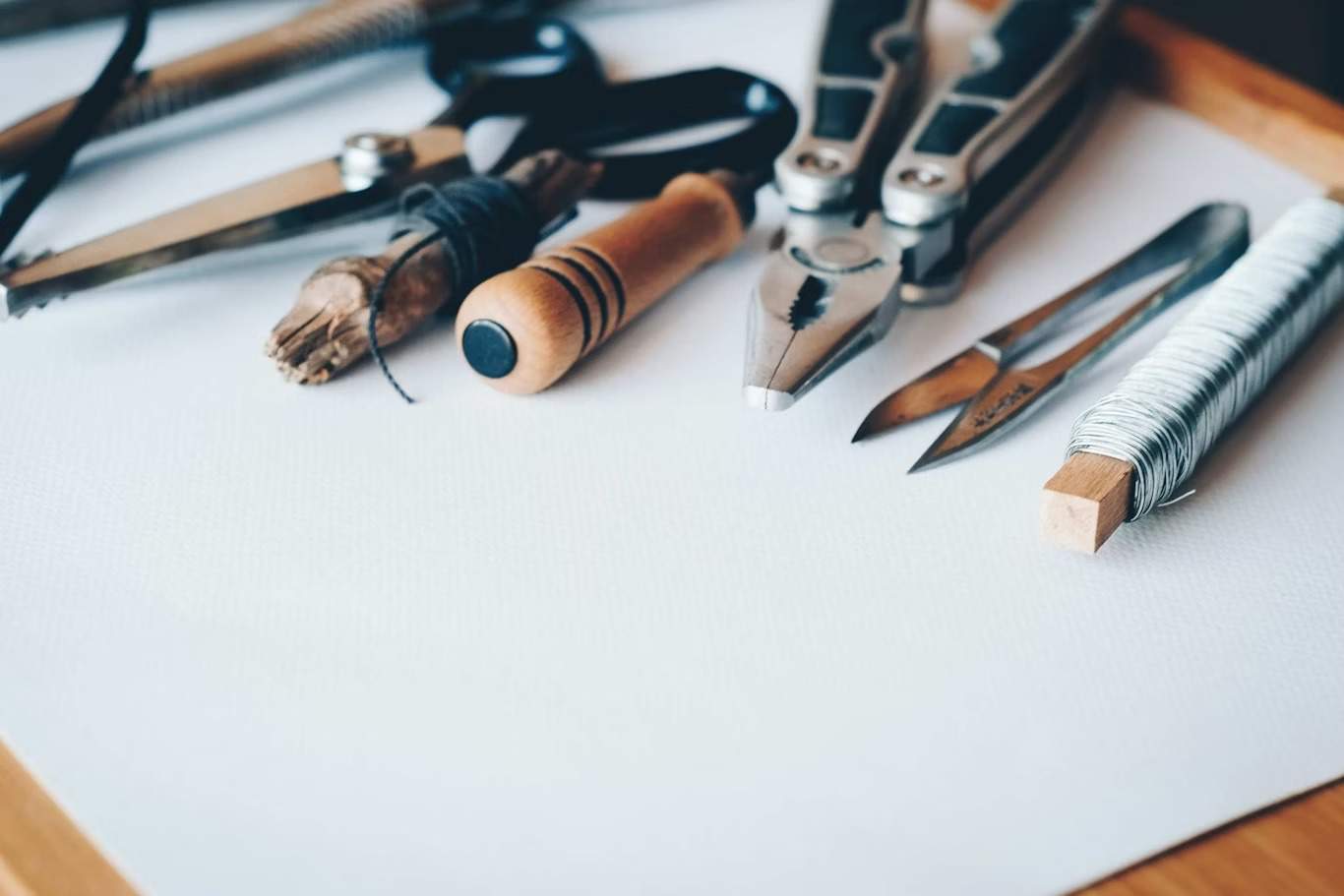
4. Find your forever things
Once you’ve decided what you need in your life, according to your priorities and values, try to find the longest lasting, highest quality version of that. Not only will this save you the stress of having to fix or replace it as often, you’ll save money in the long term too.
At BuyMeOnce we research and compare products to find the ones that are the most sustainable and long lasting. If money is tight, you’ll likely find the same brands in UK charity shops or second hand (for example on Ebay).
“When it’s time to buy a new item, turn to your own lists instead of jumping on what’s on trend right now.”
5. Keep, care and repair
If you’re buying for the long term, you’ll be buying items that are worthy of being taken care of.
There are a few basic maintenance tasks that can drastically increase the longevity of items:
- Descale appliances that use water every three months.
- Condition anything made of leather.
- Wash clothes gently (which is more eco-friendly anyway, click here for how to wash less and wash better).
- Put protectors on mattresses.
If items are getting worn, look at ways of reinforcing or protecting them before they are beyond hope.
5 Simple Ways To Make Your Clothes Last Longer
Finally – get to know your local fixers, such as a cobbler, tailor and ideally the old-school handyperson. In the UK, the Restart Project, hosts parties where you can bring electronics and get them fixed for free, plus, there’s tea and cake).
Living a life less throwaway has had a profound affect on my reality.
I no longer impulse buy items I can’t afford, so I’m out of debt and a less wasteful person. But perhaps most importantly, buying for a lifetime forces you to think about those tricky questions like ‘What do I want my lifetime to look like?’ and ‘How am I going to spend this brief time I have?’
And now finally, when I look in the mirror, I see the person I’m meant to be




